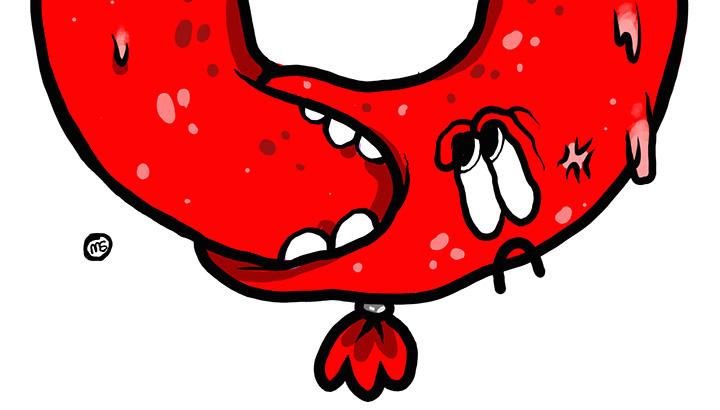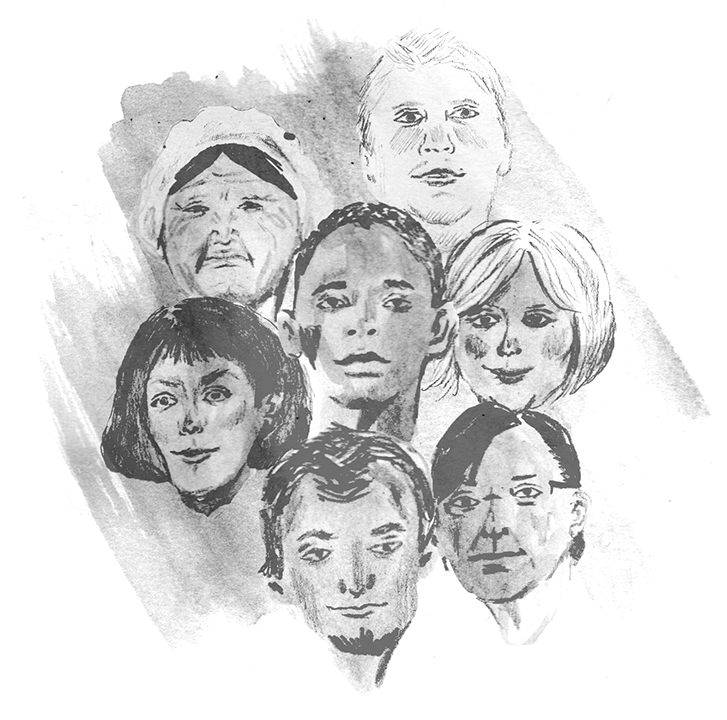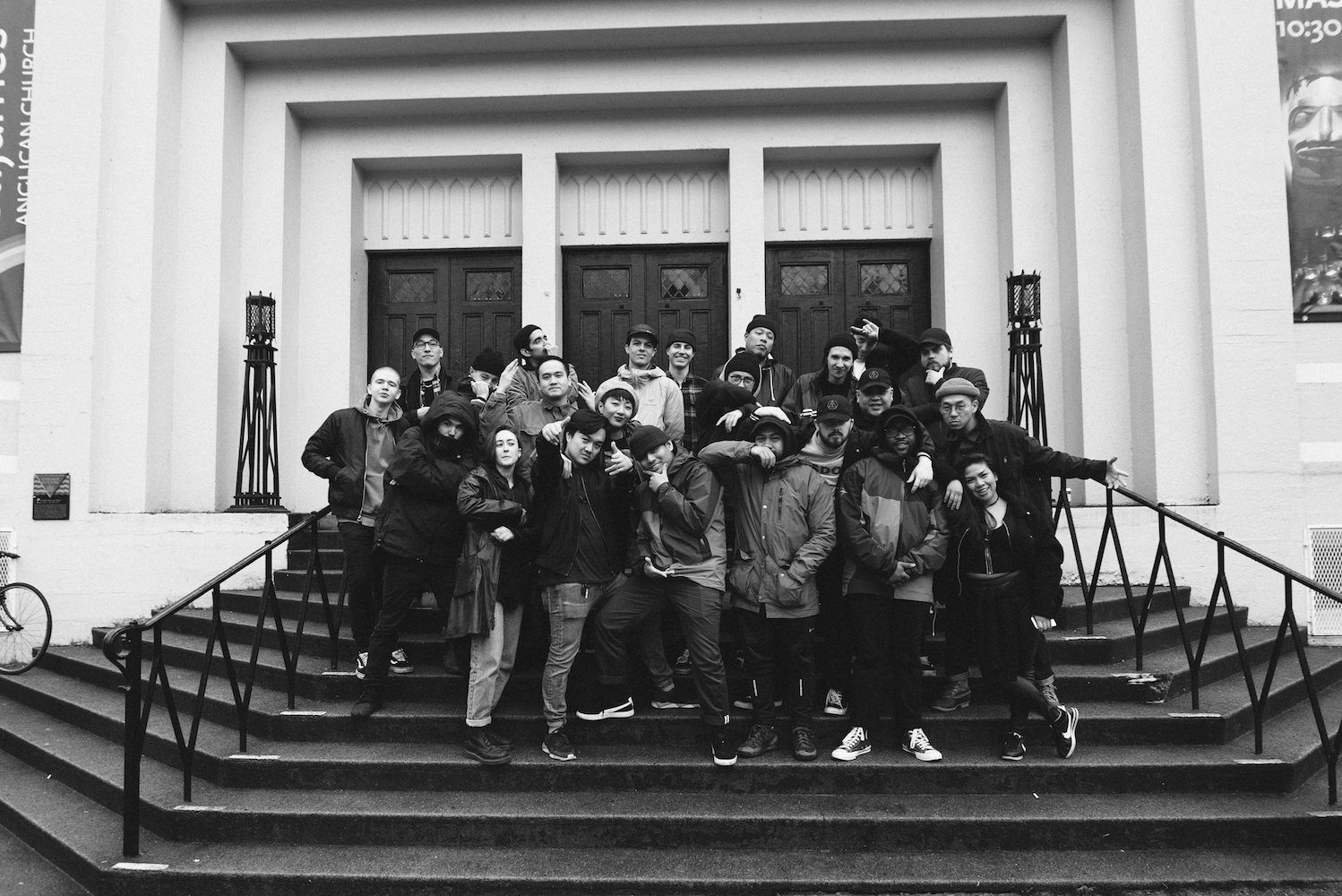The smell of fish fills the air of the Public Market, which buzzes with the energy of eager shoppers. Espresso machines steam and churn, stall owners chat with customers and hand out samples. It’s easy to forget that just outside, the fate of the market and community surrounding it is in question.
Granville Island is a cultural institution in Vancouver. It is a hub for creativity and innovation. But right now, its direction is uncertain, with one of its largest tenants preparing to leave: Emily Carr University of Art + Design is moving to the False Creek Flats next year, leaving two of Granville Island’s largest buildings unoccupied. ECUAD has been part of Granville Island since the beginning of its transition to an arts centre in the late ‘70s and early ‘80s. The managers of GI, Canadian Mortgage and Housing Corporation (CMHC) have embarked on a process called Granville Island 2040 to work with the community in proposing redevelopment, in large part as a response to the departure of ECUAD. GI 2040 aims to address the issues that currently limit its possibilities.
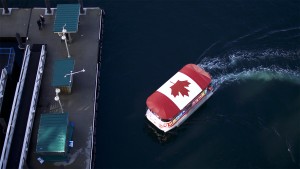
I met up with Sebastian Lippa, Project Manager of Planning and Development on Granville Island to find out what these issues are, and how the CMHC plans to address the vacant ECUAD buildings. But from the sounds of it, there is less of a plan, and more of a vision.
“We don’t know exactly who and what types of things would go in there, but [we want to keep it] in that realm of arts and innovation,” said Lippa. He described Emily Carr’s North Building as an “opportunity to provide a lot of space for people working in that area [of arts and innovation],” something the CMHC has not seen sustained.
The last 30 years have established Granville Island in the hearts of all Vancouverites, and Lippa stresses that the 2040 committee is determined to respect that. ‘The community,’ as Lippa described it, consists of anyone who wishes to comment on the future of the Island, whether they are part of the arts scene in the city or not.
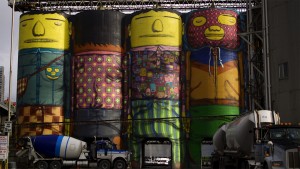
GI 2040 seeks to preserve the creative identity of Granville Island, but how that will unfold is still vague. So far, the CMHC plans to keep ECUAD’s South Building as an arts education facility, and transform the North Building into artist studios. These studio spaces will hopefully be filled with creative innovators, with the aim of providing affordable places to breathe fresh life into the GI arts scene.
“We’ll be looking to work with the community and organizations within the community to help us really shape the design and the actual uses in those buildings,” said Lippa. “The process will involve an open call to the community, and we’ll be looking for groups and individuals who are interested in being part of this arts and innovation hub, to help us meet the objective around providing those types of spaces for people.”
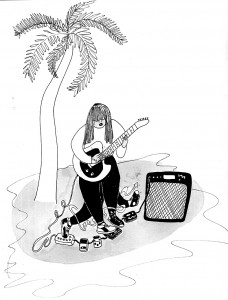
The types of spaces he is talking about will be varied. In the North Building, for instance, the CMHC will develop multiple types of artist spaces that reflect the individual needs of each group. This will be done through shared workshop and gallery spaces, studio spaces for individual artists, and larger spaces for live performance. “We’re not going to just ‘build it and hope they come,’” Lippa insists, stating that they want to have the community dictate what is needed. He believes that public consultation is required to build on the success of Granville Island’s past, while making it relevant to a new generation of tenants.
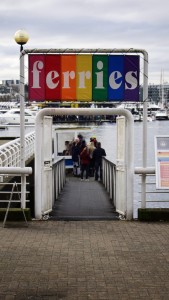
A younger demographic is a focus for the 2040 redevelopment plan. With ECUAD leaving, the student population will also be gone. This concerns the CMHC. Part of their aim is to encourage the “dirty arts” on the island through new food and beverage options, and by keeping affordability for emerging creatives. They plan to reach out to the strong art scene of East Vancouver in order to tap into some of that emerging talent, and bring it to Granville Island.
One example of CMHC’s outreach to the emerging arts is its recruitment of the collective, Red Gate Arts Society. They are influential in the East Vancouver and Hastings communities, and will be bringing the younger, “dirty arts” culture that the CMHC is after to GI. They also bring with them the hope of developing new arts education programs.
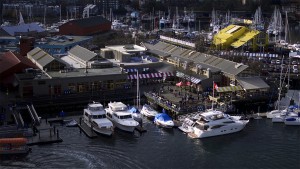
“We are very interested in expanding our offerings across the spectrum of education, from the formal, including public and post-secondary, to private, to drop-in work shops. Red Gate falls into that category. We’re all quite excited to see how they will use their space,” said Lippa. Though Red Gate has taken over the Revue Stage, a venue not within ECUAD, the CMHC hopes to attract organizations with similar ethos to the vacated ECUAD buildings, to continue developing the tradition of arts education on Granville Island.
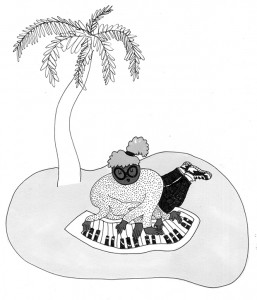
Red Gate Arts Society opened their new location on Granville Island January 14. According to Red Gate co-director Ana Rose Carrico, they were approached with this unique opportunity last year: “Around September [the 2040 committee] offered us this space quite unexpectedly.” And Red Gate couldn’t say no.
Carrico says that the CMHC told Red Gate that they wanted to increase the nightlife on GI. The 2040 committee wanted more grit. And Red Gate’s response was, well, “if you want it to be louder and messier, then we’re your people.”
“Having this place does fit our mandate,” explained Carrico, stating her excitement at the opportunity. She thinks that the redistribution of the ECUAD buildings will be a very interesting experiment, and is curious to see what other new artists and creatives will bring to Granville Island.

The Red Gate takeover of the Revue Stage is not a permanent placement, as the space they now occupy will eventually become an expansion to the Public Market, if all goes to plan. But they hope to remain on GI if the new Revue Stage venue is successful.
Granville Island’s newest tenant is one step toward the 2040 redevelopment plan, but there are still many hurdles to overcome. The lack of access on public transit is an issue, as are the rising rent costs in the city. The biggest hurdle will be to keep the visions of the community at the forefront of the operation. After all, Granville Island is a place to explore art and innovation, both of which need strong communities in order to survive.
x
If you are a creative interested in the spaces that will be available at the ECUAD buildings, email Sebastian Lippa at slippa@cmhc-schl.gc.ca for further information, or to join the info mailing list.



